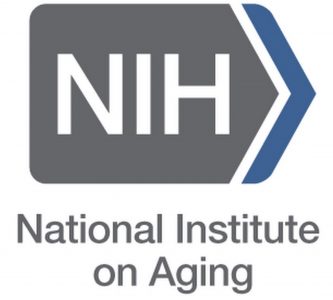
RESEARCH
OVERVIEW
Our research program focuses on neural circuit mechanisms that underlie sensory perception, learning and memory, and cognition. Using mouse models, we have made significant advances by showing cell-type specific and molecular signaling mechanisms underlying critical period synaptic plasticity. We demonstrated that the critical period window can be re-opened in adults to restore plasticity using targeted molecular manipulation, which has a potential for guiding new amblyopia treatments. We have extended our studies to other brain regions including prefrontal cortex and hippocampus towards our goal to determine whether malleable neural plasticity can be manipulated for neural circuit functional repairs in brain disorders.
Our recent directions include 1) using the latest single cell genomic technologies coupled with functional circuit mapping and behavioral analysis to determine how the transcriptome and epigenome shape neural circuit activity and learning and memory behaviors that change with aging and AD progression; 2) applying our findings towards treating Alzheimer’s disease based on our conceptual advances in circuit manipulation-based strategies.
SPECIFIC PROJECTS
Our lab research has been focused on understanding the organization and function of cortical circuits, with a particular emphasis on cell-type specific circuit connectivity and function. The research applies to understanding the neurobiology of sensory perception, learning and memory, and stress. More recently, our research has expanded into neural circuit studies in disease models such as Alzheimer’s disease mouse models. The lab has projects in multiple brain regions including neocortex (visual cortex and prefrontal cortex) and hippocampal formation.
Our research addresses several major questions described below.
- How do laminar and cell-type specific connections govern neural signal transformations in sensory and higher-order cortical circuits?
- How are specific neuron types integrated in local and long-range circuits to regulate learning and memory, and stress responses?
- What are the defined contributions of specific cell types to network circuit activity and behavioral outcomes?
We use combined approaches of electrophysiology, optical stimulation and imaging, molecular genetics and viral tracing to address the circuit questions. One direction is to look at circuit connections. We can map the relationship between different cell types in all levels of circuits, from global circuit levels down to microcircuit levels at single column, single cell levels of circuits. It is important to map circuit connections to understand cortical function. In the other direction, we are able to manipulate the circuits. This is where we can test the connections and functions using new molecular tools that allow us to activate or inactivate particular elements of the circuits.
Currently we have applied similar genetic and molecular viral tracing techniques to map AD model brain circuits.
SPECIFIC ILLUSTRATIONS
Click here to see our work on visual cortical plasticity
Click here to see our work on newly discovered aspects of hippocampal circuit organization
Alzheimer’s Disease Multimodal Atlasing Projects
FUNDING SOURCES
Our research has been supported by the funding sources listed below:





